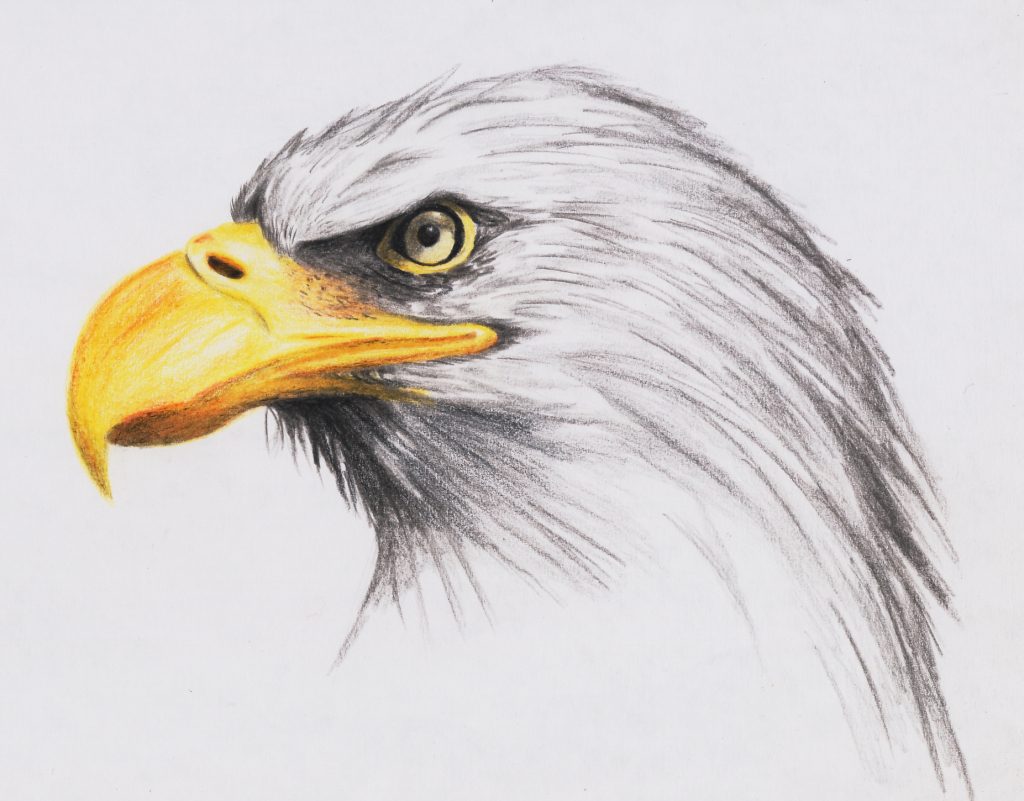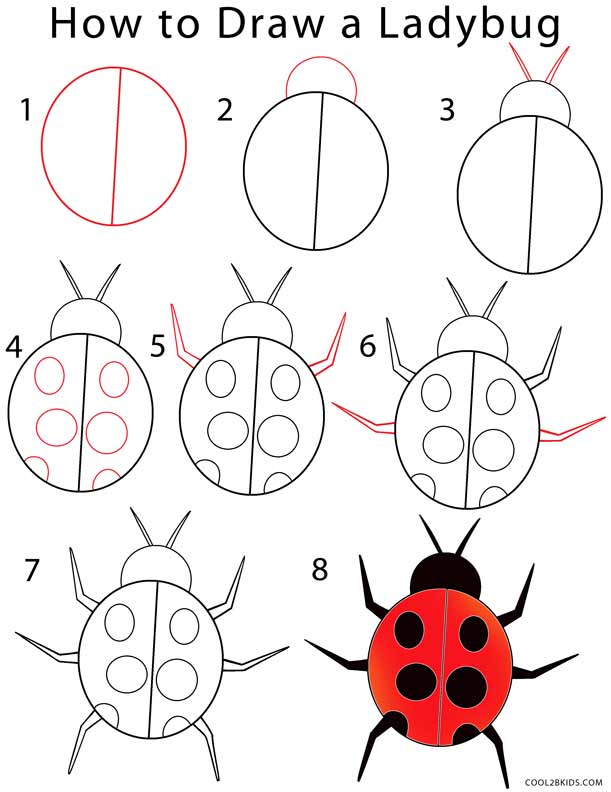How to draw bowser with pictures
Table of Contents
Table of Contents
If you’re a fan of Super Mario Bros, you know Bowser, the giant, fire-breathing turtle. Drawing Bowser can be a bit of a challenge, but with the right techniques, it’s possible to create a recognizable version of the character. In this tutorial, we’ll go over the steps for drawing Bowser and offer some tips along the way. Whether you’re a beginner or an experienced artist, you’ll be able to create a great Bowser drawing.
The Pain Points of Drawing Bowser
Drawing Bowser can be a bit intimidating, especially if you’re not used to drawing characters with a lot of detail. Some common pain points that people face when drawing Bowser include getting the shape of his head just right, creating a realistic looking shell, and adding the right amount of texture to his skin. Additionally, some people may struggle with getting his proportions right, or with adding his signature fiery breath.
How to Draw Bowser
To get started with drawing Bowser, you’ll need some paper, a pencil, and an eraser. It’s also helpful to have an image of Bowser to use as a reference. Start by sketching out the basic shape of Bowser’s head, using light pencil lines. Then, add in the details, such as his horns and his eyes. Once you have the head down pat, move on to creating the shell. You can use a combination of circles and ovals to get the right shape. From there, it’s just a matter of adding in the texture and any additional details you want to include, such as his spikes or his claws. Finally, finish up with his arms, legs, and tail, and add in some color if you like.
Summary of How to Draw Bowser
To draw Bowser, you’ll need some basic art supplies and an image of the character to use as a reference. Begin by sketching out the shape of his head, and then move on to the shell and the body. Add in any additional details such as the texture and the fire breath as desired, and finish up with color. With practice, you can create a great Bowser drawing that will impress your family and friends.
Drawing Bowser: Tips and Techniques
When it comes to drawing a character as iconic as Bowser, it’s important to pay attention to the details. One of the best ways to create a recognizable Bowser drawing is to start with a simple sketch, and then add in the details as you go along. Use light pencil strokes at first, so that you can easily make changes as you refine the drawing. Additionally, don’t be afraid to make mistakes – Bowser is a complex character, and it can take some trial and error to get things just right.
Drawing Bowser: Adding Texture
One of the most challenging aspects of drawing Bowser is getting the texture of his skin just right. To do this, you’ll need to pay close attention to the way that the lines and shading play off of each other. Start by adding in the major lines and shading points, and then work on blending them together to create a more cohesive look. Using a variety of pencils and shading techniques can also help to create the right texture.
Drawing Bowser: Creating a Fiery Breath Effect
Another distinctive aspect of Bowser is his fiery breath. To create this effect in your drawing, start by shading in the area where you want the flames to be. Use colors such as orange and yellow to add in the flames themselves, and then use darker colors such as brown and black to add in the smoky effect. Don’t be afraid to use a lot of contrast to really make the flames pop! You may also want to add in some shadows or highlights to create a more realistic look.
Drawing Bowser: Adding Color
If you want to add color to your Bowser drawing, there are a few things to keep in mind. Start by choosing a color scheme that works well with the rest of your drawing. Generally, Bowser is depicted with shades of green and brown, but you can mix things up if you like. Use colored pencils, markers, or paint to add in the color, and make sure to blend the different colors together for a smooth look.
Question and Answer
Q: How can I make Bowser’s spikes look more realistic?
A: To make Bowser’s spikes look more realistic, use a variety of shading techniques to create depth and texture. You can also experiment with using different colors to give the spikes a more interesting look.
Q: What is the best way to add texture to Bowser’s skin?
A: The best way to add texture to Bowser’s skin is to use a combination of lines and shading to create a realistic look. Experiment with different types of pencils and shading techniques until you find a look that you like.
Q: Can I use a reference image when drawing Bowser?
A: Yes! In fact, using a reference image is one of the best ways to create a realistic Bowser drawing. Just make sure to give credit to the original artist if you’re sharing your drawing online.
Q: How long does it take to draw a Bowser?
A: The amount of time it takes to draw a Bowser will vary depending on your skill level and the level of detail you want to include. However, it’s generally safe to budget around 1-2 hours for a detailed Bowser drawing.
Conclusion of How to Draw Bowser
Drawing Bowser is a fun and rewarding challenge, and with a little bit of practice, you can create a great drawing that you’ll be proud to show off. Use these tips and techniques to get started, and don’t be afraid to try out different approaches until you find a style that works for you. Whether you’re a beginner or an experienced artist, drawing Bowser is a great way to flex your creative muscles and create something truly unique.
Gallery
How To Draw Bowser (with Pictures) - WikiHow

Photo Credit by: bing.com / bowser
How To Draw Bowser Easy | Bowser, Easy Drawings, Drawings

Photo Credit by: bing.com / bowser easy draw mario drawing party super dragoart bros cakes drawings looking choose board step discover
How To Draw Bowser - Art For Kids Hub

Photo Credit by: bing.com / bowser artforkidshub drawings koleksi brincadeiras marker
How To Draw Bowser - Easy Drawing Art

Photo Credit by: bing.com / bowser easydrawingart
How To Draw Bowser From Super Mario Bros - Really Easy Drawing Tutorial

Photo Credit by: bing.com / bowser easydrawingguides





